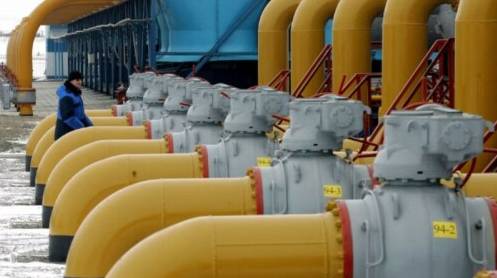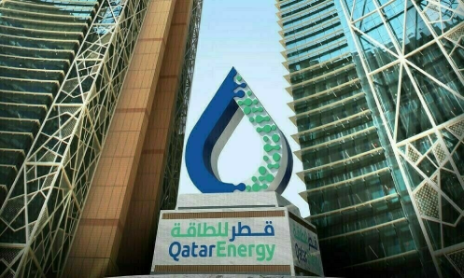Asia-Pacific spot LNG prices hit a fresh record high Oct. 6, with the JKM benchmark surpassing $50/MMBtu for the first time ever as the gas price crisis in Europe grows more severe, increasing global competition for LNG cargoes.
Surging European gas prices were exerting significant upward pressure on Asia-Pacific LNG cargo prices as trading houses and portfolio groups raised their bids to attract volumes into the region, according to market sources.
This intense competition for marginal LNG cargoes meant that bids were priced at a premium over European gas hub prices.
“What we’re seeing is pretty unprecedented in terms of the physical LNG market, which is constrained in terms of liquidity and ability to optimize, as an end-user might not have the option to re-sell a cargo into the spot market because of destination clauses etc.,” Jeff Moore, manager for Asian LNG at Platts Analytics, said.
“This goes to show how desperate gas markets can get though and the global interconnectedness of LNG prices to other global hubs, which puts Asia at a precarious position because of the need to draw on supplies from outside APAC,” Moore added.
During the Platts Market on Close assessment process, earlier this month trades were agreed for November and early December JKTC (Japan, Korea, Taiwan, China) cargoes at premiums of $1.70-$2.40/MMBtu to the European benchmark ICE TTF contract for the respective calendar months.
On Oct. 6, bids for December DES JKTC cargoes were published at a more than $3/MMBtu premium to European gas prices.
“JKM is pricing even higher than TTF which is close to plus $3/MMBtu, as Asia needs to draw cargoes from Europe,” a Singapore-based trader said. “But eventually you may get LNG sellers taking profits and the premium will disappear and could pressure prices.”
What happens next?
Market participants have been taken aback by the movements in global gas price benchmarks so far this week, and any sustained high price level is expected to result in significant changes in procurement strategies and contact negotiations.
The supply-demand balance is razor thin and even the smallest incremental change in demand projections is enough to move prices, a seller said.
A Singapore-based gas trader said many long-held assumptions about LNG markets have been turned upside down, and despite the previous winter having prepared the market for JKM crossing $30/MMBtu, no one expected it to happen before winter kicked in.
Platts Analytics’ Moore said: “Because we’ve exhausted all traditional switching channels, prices in theory could continue to increase without further economic demand destruction, which is a significant development in a market that is very dependent on weather heading into winter. I think we will likely have to see significant upward nominations on term-contracted supplies to the extent that it’s allowed, although with relatively inelastic heating demand in the coming months set to increase, it’s hard to see how the market will balance.”
December TTF gas futures jumped over 40% to hit Eur159.50/MWh ($54.032/MMBtu) at the Singapore market close Oct. 6. The UK NBP benchmark also increased to $55.182/MMBtu.
These record prices came on the back of Europe’s gas stockpiles being at their lowest levels for the time of year in over 10 years amid reduced supplies from Russia.
Temperatures across northern Europe are also set to drop below normal levels next week, according to weather forecasts.
Longer term, the uncertainty over the startup of Russia’s Nord Stream 2 gas pipeline to Europe is also weighing on the forward curve.
In the Asia-Pacific LNG market, there were fresh concerns over production issues at the Sakhalin 2 LNG project in Russia, while there was some maintenance work heard to be ongoing on a train at Indonesia’s Tangguh project.





